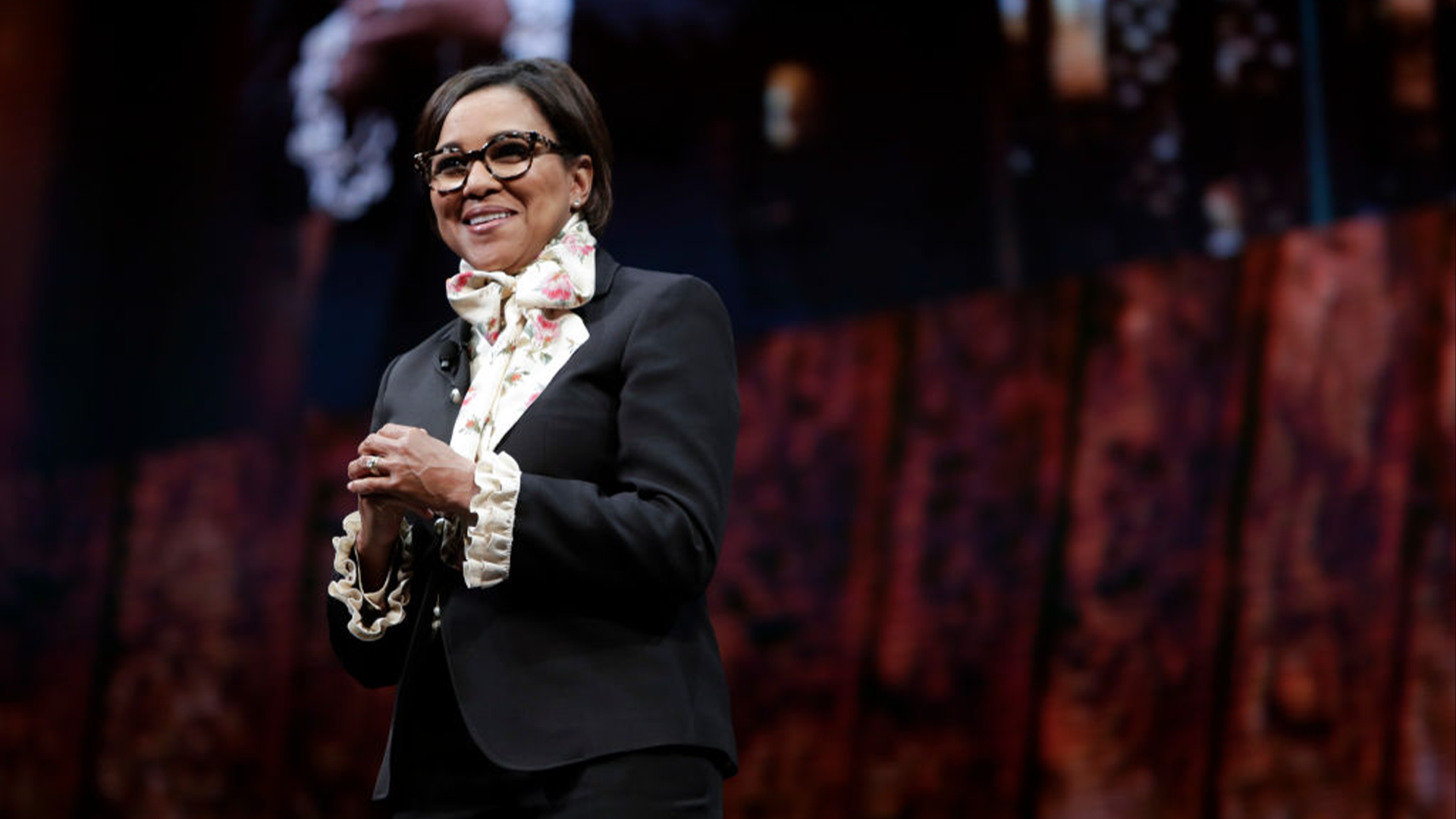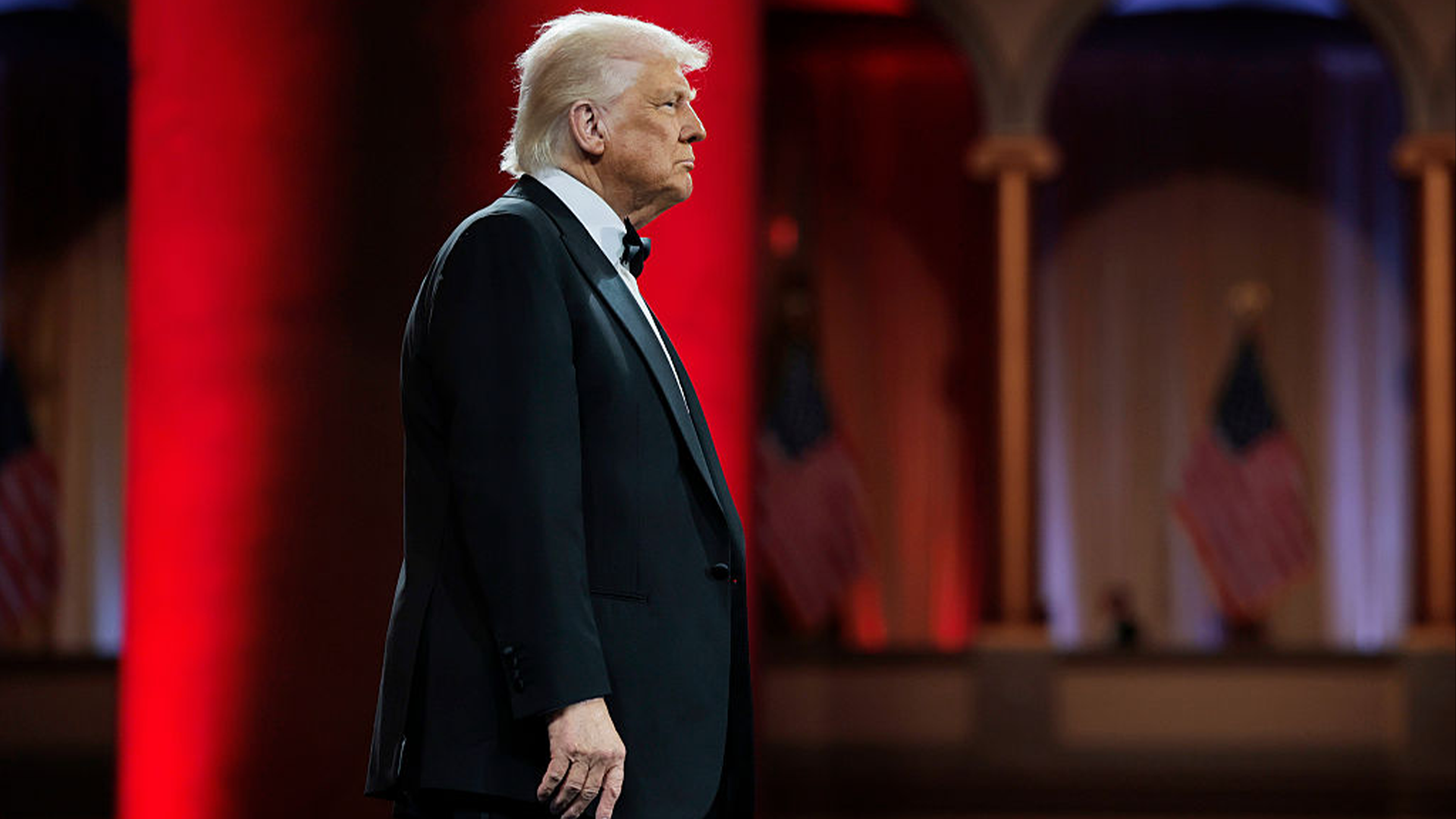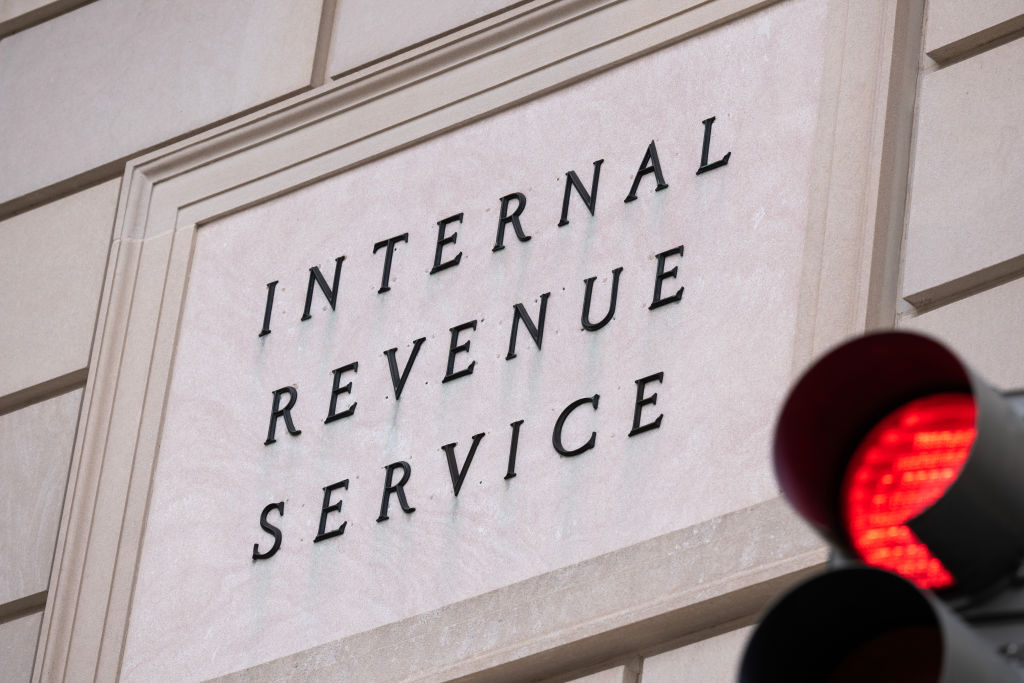The thing about economic policies is that they don’t operate in a vacuum. Every decision — every tax, every regulation, every tariff — sends ripples through the system. Some people surf the waves. Others get drowned by them.
Tariffs have long been used as a tool of economic warfare, a way for nations to protect their industries or punish their rivals. But under President Donald Trump, tariffs have become something else entirely: a high-stakes bargaining chip in a trade war that seems to have no end. According to CNN, his latest round of 25% tariffs on Canadian and Mexican imports, along with another 10% levy on Chinese goods, has thrown American businesses, workers, and consumers into a state of economic uncertainty.
The White House insists tariffs will protect American industries, but history tells a different story. Prices are rising, businesses are struggling, and working-class families — many already battling inflation — will be forced to make tough choices.
Tariffs In Context: A Long History Of Economic Leverage
Tariffs have been around since the birth of the United States. In fact, the very first law passed by Congress in 1789 was a tariff designed to generate revenue and protect American manufacturers. The National Constitution Center notes that, over time, tariffs became less about revenue and more about economic leverage, used to protect specific industries while punishing foreign competitors.
The Smoot-Hawley Tariff Act (1930) is one of the most infamous examples. Enacted during the Great Depression, it was intended to protect American farmers and manufacturers but instead triggered a collapse in global trade, worsening the economic crisis.
By the mid-20th century, the U.S. had shifted toward free trade agreements (FTAs), including the North American Free Trade Agreement (NAFTA) in 1994 and its successor, the United States-Mexico-Canada Agreement (USMCA) in 2020, which were designed to eliminate barriers between North American economies. But Trump’s economic policies have reversed that trend, reintroducing tariffs as a weapon of economic nationalism.
Trump’s Tariff Strategy: Protectionism Or Political Theater?
Trump has framed tariffs as a protectionist tool, arguing that they will revive American manufacturing and reduce trade deficits. However, BBC notes that his approach is less about economic strategy and more about political maneuvering:
- Manufacturing Mythology – While tariffs may help select industries in the short term, they do not bring back lost manufacturing jobs. Automation and global labor competition — not trade policy — are the primary reasons for America’s industrial decline.
- Weaponizing Trade Policy – Trump has tied tariffs to issues like immigration and fentanyl trafficking, claiming that Mexico, China, and even Canada are complicit in fueling America’s drug crisis. However, trade experts argue that tariffs are not a practical solution to these challenges.
- Unpredictability as a Strategy – Trump’s tariff policies have been erratic and contradictory, with sudden pauses, exemptions, and escalations that have left businesses scrambling to adjust.
How Canada Is Fighting Back: Retaliatory Tariffs And Economic Resistance
The president’s test tariffs have already provoked retaliatory measures from Canada, escalating a conflict that threatens to disrupt industries on both sides of the border.
According to the Associated Press, Canada, America’s closest trading partner, isn’t taking Trump’s tariffs lightly. Prime Minister Justin Trudeau has launched a $21 billion retaliation package, targeting essential American exports like orange juice, peanut butter, coffee, and appliances.
The next wave of retaliatory tariffs — planned from Ottawa, Canada, at $87 billion — has been temporarily suspended. Still, Canadian officials have warned that they will not back down unless the U.S. removes its trade restrictions.
- Ontario, Canada, is charging a 25% surcharge on electricity exports to U.S. states like Michigan, New York, and Minnesota.
- British Columbia, Canada, has banned American liquor imports from Republican-led states that supported Trump.
- Canadian businesses are shifting away from American suppliers, seeking alternatives in Europe and Asia.
These moves underscore a growing realization: Canada cannot afford to be overly dependent on U.S. trade. And while the White House may see these tariffs as a temporary bargaining tool, they could permanently alter America’s economic relationships with trade partners.
The Real Cost: How It Could Hurt American Consumers
When tariffs hit, businesses pass the costs onto consumers. And in an economy already struggling with inflation, these price hikes are hitting everyday Americans where it hurts the most — the grocery store, the gas pump, and the car dealership, The Washington Informer notes.
- Food Prices Are Climbing – The U.S. imports 63% of its vegetables and nearly half of its fruits and nuts from Mexico. Tariffs are expected to drive up grocery prices, making it harder for families to afford fresh food.
- Gas Prices Are Spiking – Canada is America’s largest crude oil supplier. With tariffs in place, fuel costs are expected to rise — affecting everything from transportation to heating bills.
- Cars Are Getting More Expensive – New tariffs could add up to $3,000 to the cost of a vehicle, putting car ownership out of reach for many Americans and placing industry jobs at risk.
For working-class and low-income households, these increases are devastating. Black and brown communities, which already spend a larger percentage of their income on essentials, will feel the effects even more acutely, the outlet noted.
Maurice Richardson, a Michigan autoworker, recalls what happened the last time Trump imposed tariffs. “We’re looking at a repeat of 2018 when Trump’s first tariffs led to layoffs. Except this time, it’s going to be worse,” he told The Washington Informer.
Alicia Brown, a mother of two from Chicago, IL, puts it bluntly:
“It’s already expensive to eat healthy where I live. A gallon of milk is already $5. If they start charging more for fresh produce, people will have to make tough choices between food and rent.”
Do Tariffs Ever Really Work?
Despite Trump’s insistence that tariffs will protect American workers, history suggests otherwise. The Smoot-Hawley Tariff Act of 1930 backfired spectacularly, causing a 40% decline in U.S. exports and imports and worsening the Great Depression.
CNN further noted that experts warn that Trump’s tariffs could trigger a prolonged trade war, drive higher inflation, and weaken the economy overall. And while some sectors may see short-term gains, the broader impact — higher prices, job losses, and reduced global competitiveness — will ultimately outweigh the benefits.
Who Really Pays the Price?
Tariffs are more than just a trade policy — they are a statement of power, a political maneuver, and a gamble with the economy. While Trump’s rhetoric suggests that America is “winning” the trade war, the reality is that everyday Americans are paying the price.
The U.S.-Canada trade relationship is too deeply intertwined to be unraveled without consequences. Businesses are struggling. Families are seeing their costs skyrocket. The economy is becoming more volatile.
And for those who are already one paycheck away from crisis, this is more than just politics. This is survival.
Tariffs are supposed to be a tool of economic strength. But when they start hurting the very people they claim to protect, we have to ask — who is really winning this war?

















